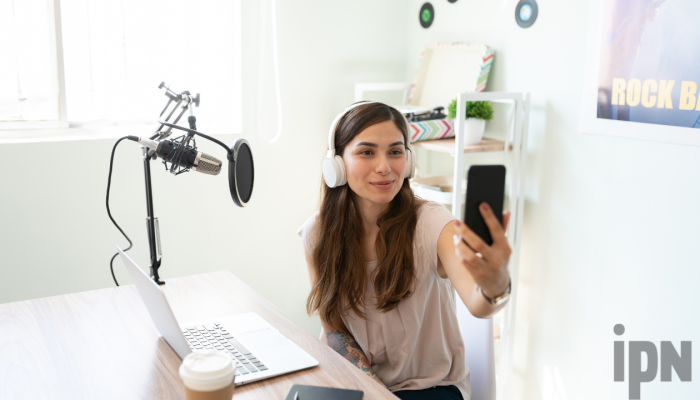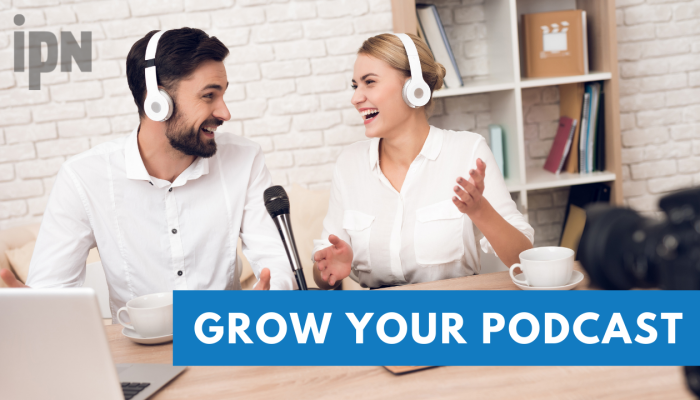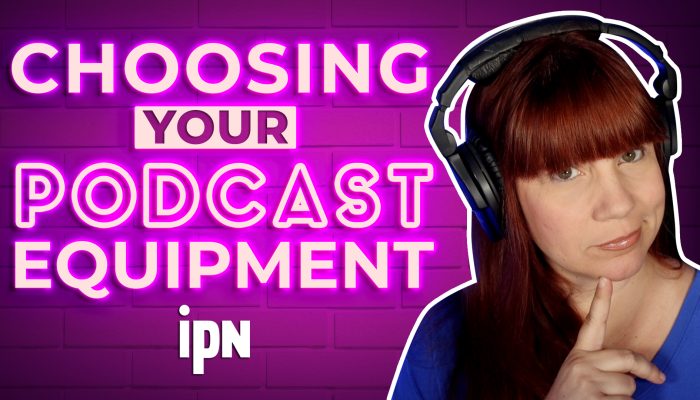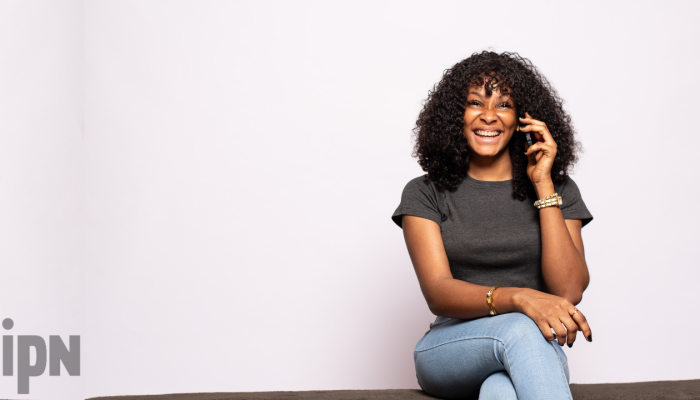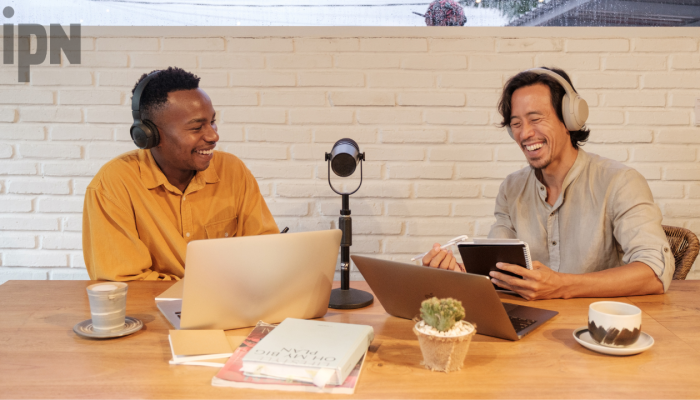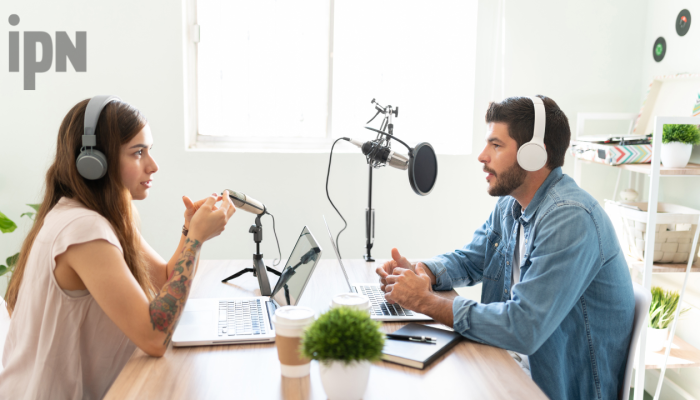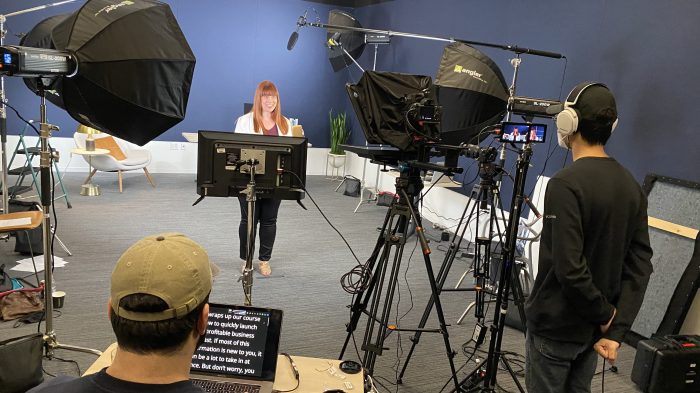
Podcasts have been around for quite some time, but they’ve exploded in popularity over the past few years. With an endless supply of topics and formats, anyone can find a podcast that speaks to them. Maybe you’re a podcast listener who’s thought about starting your own show, but you’re not sure where to begin. You might be wondering if it’s possible to start a podcast with just a smartphone. After all, smartphones are incredibly powerful devices, and they’re always within reach.
So, this article covers some pros and cons of starting a podcast with your smartphone and shows you exactly how to start a podcast with your smartphone. We’ll also give you some tips to improve the quality of your podcast when only using a smartphone.
Starting a Podcast with Your SmartPhone: Pros & Cons
Starting a podcast with a smartphone has its advantages and disadvantages. Let’s start with the pros.
Pros of Starting a Podcast with Your SmartPhone
One of the biggest pros of starting a podcast with a smartphone is its cost-effectiveness. Most of us already own a smartphone, so there’s no need to purchase expensive equipment. You’ll only need a few extra items, like a microphone and headphones, which won’t break the bank.
Another pro is the convenience factor. With a smartphone, you can record your podcast anytime and anywhere. No need to be tied down to a specific location or schedule. This is especially handy if you have a busy lifestyle and need to fit podcasting into your existing routine.
Mobility is another advantage of using a smartphone for podcasting. Since smartphones are portable, you can take your podcast on the road and record while you travel. This is a great way to add some variety to your podcast and keep your audience engaged.
Lastly, a smartphone is all you need to get started with podcasting. With just a few additional items, like a microphone and headphones, you can create a high-quality podcast without having to invest in expensive recording equipment.
Cons
While there are plenty of pros to starting a podcast with a smartphone, there are also some cons to consider.
First and foremost, sound quality is a major concern when it comes to podcasting. While smartphones have come a long way in terms of sound quality, they still don’t compare to professional-grade recording equipment. This means that your podcast may not sound as polished or professional as you’d like.
Another drawback is the limited editing capabilities of a smartphone. While there are editing apps available, they may not offer the same level of functionality as desktop software or professional podcast editors. This can make it more challenging to edit your podcast and add special effects or music.
Limited functionality is also a concern with a smartphone. While you can record and edit your podcast on a smartphone, there are limitations to what you can do. For example, you may not be able to record multiple tracks simultaneously or adjust the levels of different audio inputs.
Lastly, there’s a risk of interruption or interference when using a smartphone for podcasting. Notifications, phone calls, and other background noise can all interrupt your recording, making it more difficult to produce a high-quality podcast.
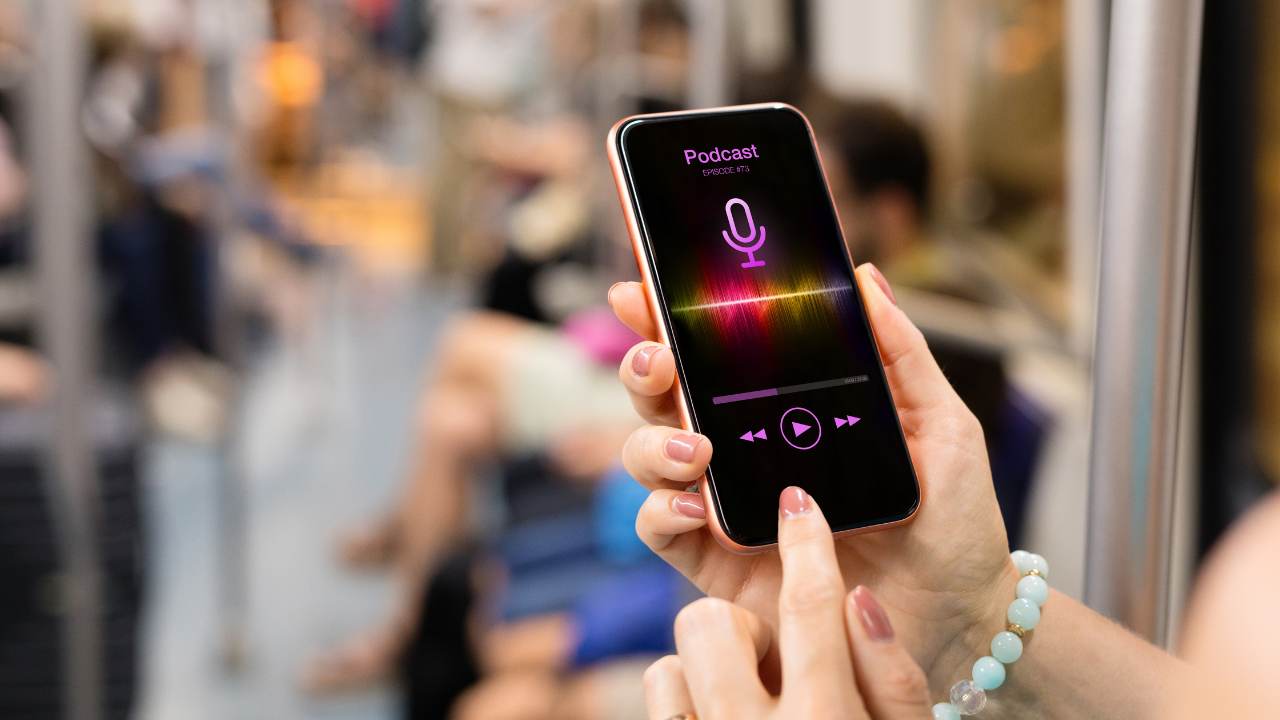
How to Start a Podcast With Your SmartPhone
Now that we’ve explored the pros and cons of starting a podcast with a smartphone, let’s dive into the details of how to get started.
Necessary Equipment
First, you’ll need to gather the necessary equipment. Here’s what you’ll need:
- Smartphone: any modern smartphone should work fine.
- Recording Software: for recording audio onto your phone.
- Microphone: to improve sound quality, we recommend purchasing an external microphone that can be plugged into your phone.
- Headphones: to monitor your audio while recording and ensure that your sound quality is on point.
- Editing software: there are several editing apps available for smartphones, and we’ll discuss some of the best options later in this section.
Recording Quality Audio with a SmartPhone
Once you have your equipment, it’s time to start recording. Here are some tips for recording with a smartphone:
- Choose a quiet location: finding a quiet place to record is essential for a high-quality podcast. Avoid recording in noisy areas or places with lots of echoes.
- Hold the phone steady or use a tripod: to avoid shaky or unstable footage, it’s important to hold your phone steady while recording. Alternatively, you can use a tripod or other stabilizing device.
- Check for interference or background noise: make sure to turn off notifications and put your phone on airplane mode to avoid any interruptions or background noise.
Editing Your Podcast
After recording your podcast, it’s time to edit it. Here are some tips for editing with a smartphone:
- Choosing the right app: there are many editing and recording apps available for smartphones, including GarageBand, Audacity, and Ferrite Recording Studio. Research which app works best for your needs.
- Basic editing techniques: these include cutting out unwanted sections, adjusting volume levels, and removing background noise.
- Adding music and sound effects: adding background music or sound effects can add some depth and personality to your podcast.
- Tips for efficient editing: make sure to organize your audio files and save your work frequently. You can also use shortcuts and templates to speed up your editing process.
Tips to Improve the Sound Quality of Your SmartPhone Recordings
Improving the sound quality of your smartphone podcast can make a big difference in the overall listening experience for your audience. Here are a few key tips to get as close to professional audio quality as possible with your smartphone:
- Get closer to the microphone: When recording with a microphone, it’s important to get as close to the microphone as possible without causing distortion. This will help to capture your voice more clearly and reduce background noise.
- Consider using a pop filter: A pop filter is a mesh screen that can be placed over your microphone to reduce popping sounds caused by plosive consonants such as “p” and “b.” This can help to improve the overall sound quality of your recording.
- Invest in an external sound card: An external sound card is a device that connects to your smartphone and helps to process your audio before it’s recorded. It can help to reduce background noise, improve the clarity of your voice, and enhance the overall sound quality of your recording.
- Use noise reduction tools: If you’re recording in a noisy environment and can’t find a quiet location, consider using noise reduction tools in your editing software. Many editing apps have noise reduction features that can help to remove unwanted background noise from your recording.
- If outdoors, use a windjammer: Windjammers are furry covers that fit over your microphone and help to reduce wind noise and other unwanted sounds. They’re especially useful if you’re recording outdoors or in a windy environment.
Conclusion
Starting a podcast with just a smartphone is a great option for those who want to dip their toes into the podcasting world without breaking the bank. While there are some limitations in terms of sound quality and editing capabilities, there are plenty of ways to work around these issues and still create a high-quality podcast. By investing in some basic equipment and following some simple recording and editing tips, you can create a professional-sounding podcast that your listeners will love. So what are you waiting for? Grab your smartphone and start recording today!
